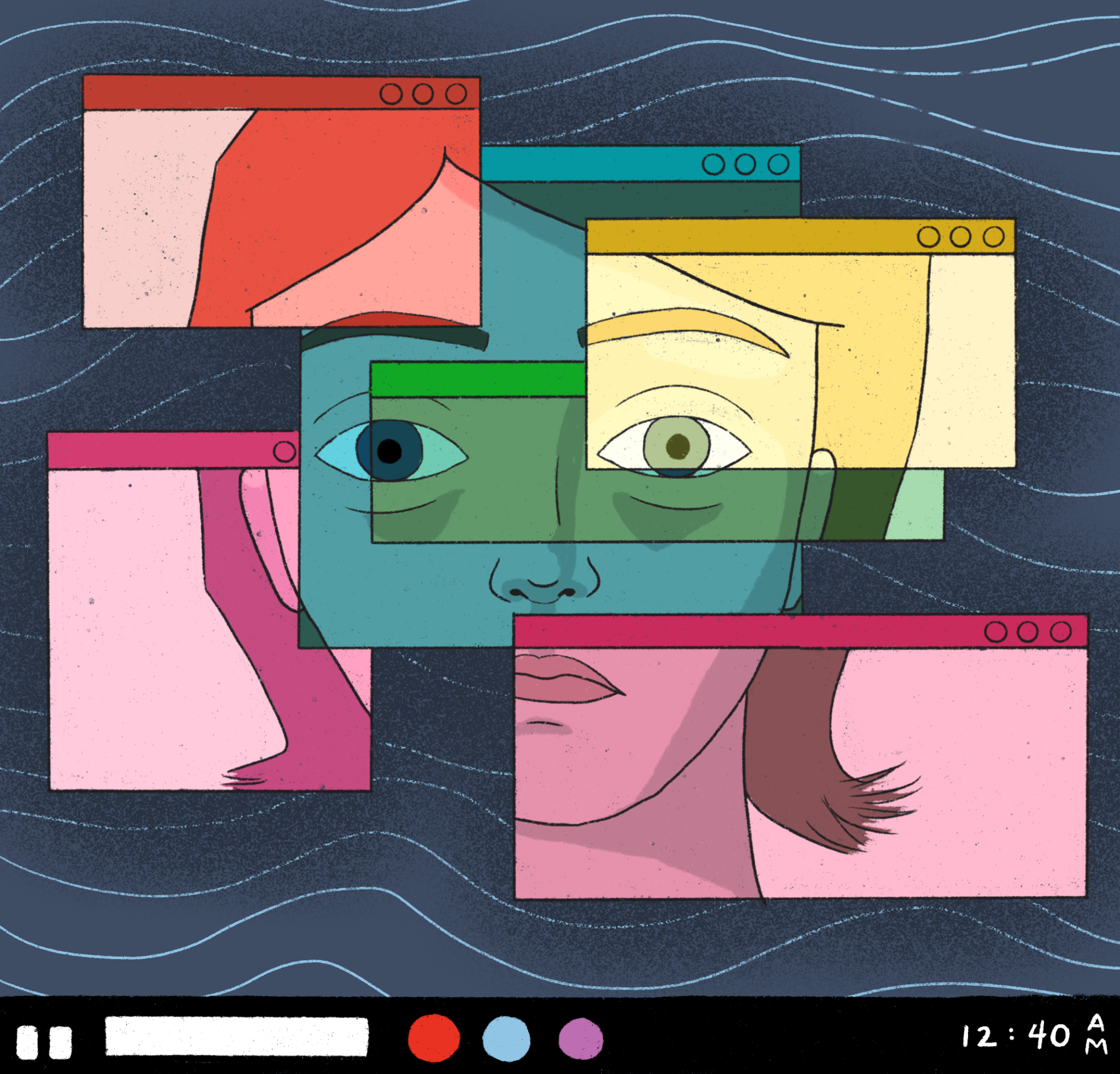
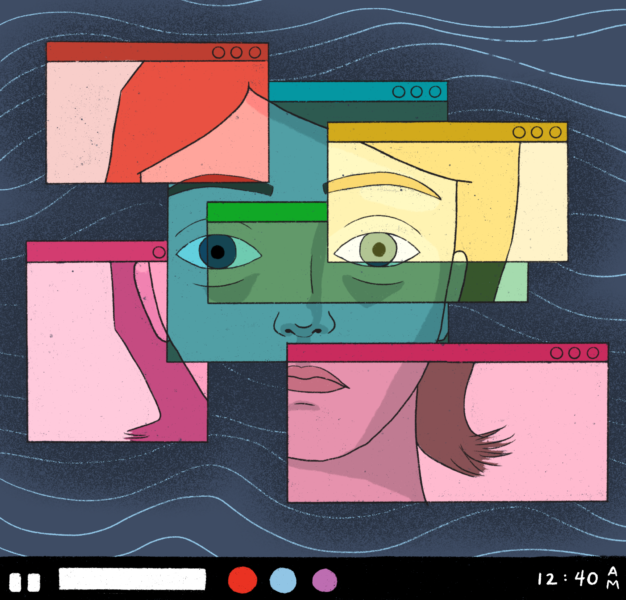
A recent Outlook survey, which received 378 responses from Aragon students and staff, found that 93% of respondents face physical health problems and 84% experience mental health issues related to screen time. Although most rated their issues as mild to moderate, the effects add up.
For freshman Luke Phillips, whose screen time has quadrupled to over eight hours since distance learning began, migraines and eye strain have become a common occurrence.
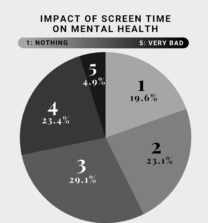
“It’s not necessarily how bad they are, it’s just that consistently I’m having headaches more than usual,” Phillips said. “It used to be once or twice a month but now I’ve noticed [migraines] popping up more and more.”
Despite these issues, screens do have benefits; they have given students a way to interact with their friends while remaining socially distanced, mitigating pandemic-induced isolation.
“I feel disconnected from friends, but I use social platforms like Discord, and I play video games with friends,” Phillips said. “If I didn’t have those features [I would] probably be more disconnected.”
Now that many students spend time online in Zoom classes or interact with their friends online, they find less chances to go out together and exercise. Most Aragon students spend under 1 1/2 hours outdoors each day, which can lead to some health issues.
Freshman Roshi Khilani shares this concern: he is physically isolated from his friends and has a hard time finding the motivation to exercise in addition his physical education class.
“It’s not very fun to go on the treadmill or go outside,” Khilani said. “I just do PE. … I used to go out or play with my friends sometimes.”
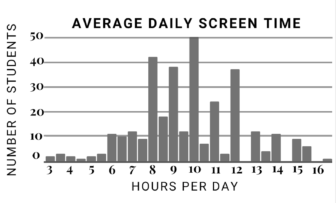
Lack of exercise has consequences such as a heightened risk for heart disease, soreness, cramps and posture problems. PE isn’t always enough to keep students active, and half the student body doesn’t take PE. Khilani tried learning tennis, and freshman Owen Browne, who experiences shoulder pain, plays basketball between classes.
Dry eyes, felt by 40% of Aragon students polled, can be caused by extended screen use, which discourages blinking making the glands that lubricate and moisten the eye less effective.
Optometrist Dr. Thomas Aller, who wrote a paper on the pandemic’s effects on vision, recommends conscious blinking as a remedy — five times every half hour or hour, with a squeeze on the last blink.
Myopia, also known as nearsightedness, can be caused by high screen use. With it comes an increased risk for impaired vision or blindness. One-third of students reported that their vision has worsened because of the extra screen time.
“I think the best advice would be: if there is a break, go do something completely different with your eyes,” Aller wrote. “Just go outside.”
No specific break pattern has been proven to stop or slow myopia, but following the 20-20-20 rule — to look at something 20 feet away for 20 seconds every 20 minutes — does encourage eye rest. 46% of respondents supported short breaks during class to help them rest their eyes and refocus.
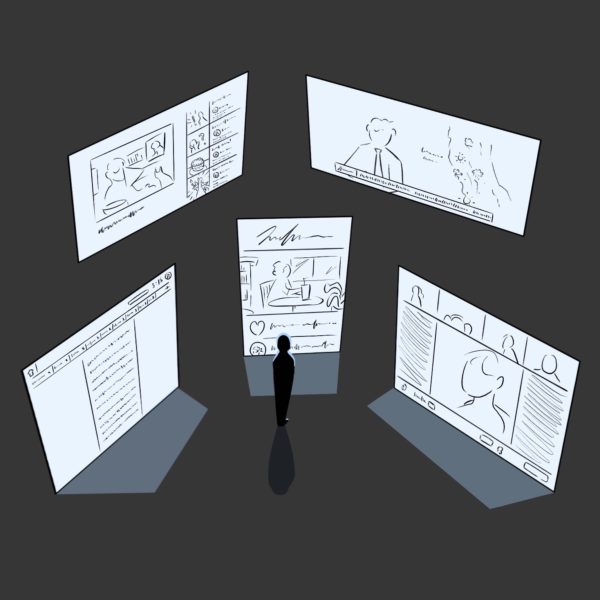
“[About] Halfway through class my English teacher [gives] me a three minute break,” Phillips said. “[The break] allows me to just go get some food and then I can come back, and I’m focused again. I think they should do that in every class.”
Some students have turned to blue light glasses or their device’s night mode to ease strained eyes. Blue light is not proven to cause eye strain or long-term eye damage, but it does disrupt the circadian rhythm, the body’s internal clock, altering sleep patterns, which can be detrimental to overall health.
“The suggestion is that for [the] late afternoon and evening, there is some value to filtering some of the blue,” Aller said.
For those dealing with the effects of prolonged screen time, it is clear that COVID-19 has harmed more than just those infected with the virus. Aragon students must grapple with a series of challenges as a result of online learning, many with long-term effects that will only increase with prolonged screen use. The struggles of online learning will continue, and changes in screen time must be made in order to prioritize students’ physical and mental health and well-being.



